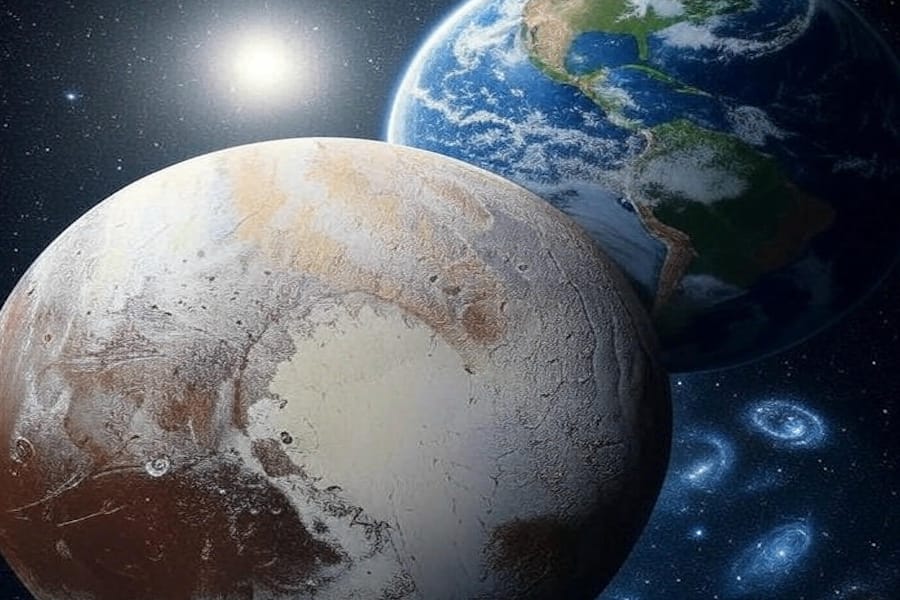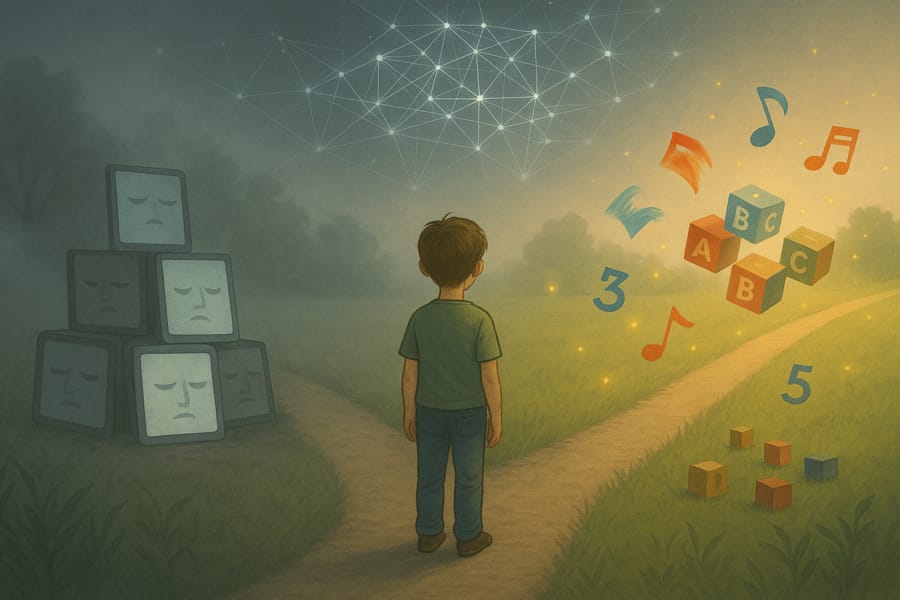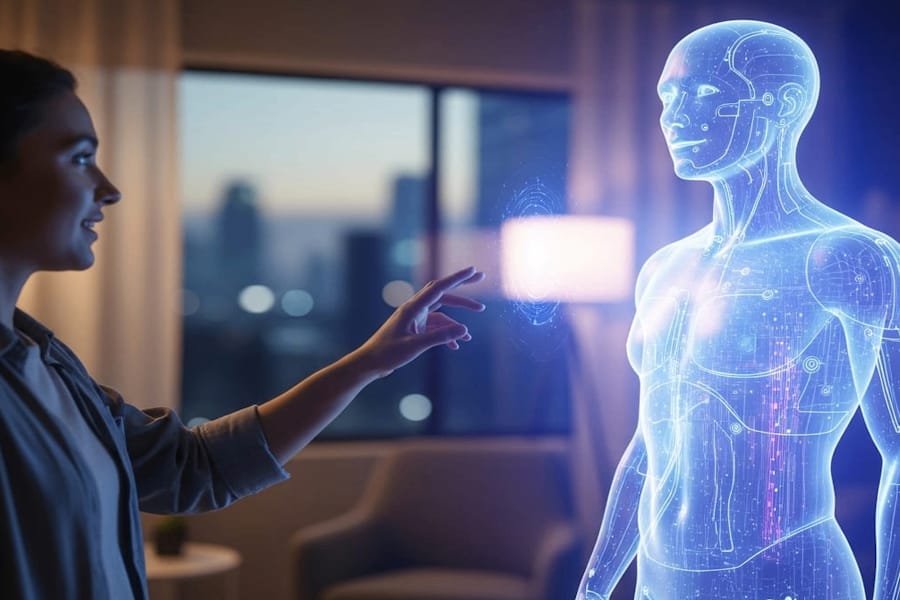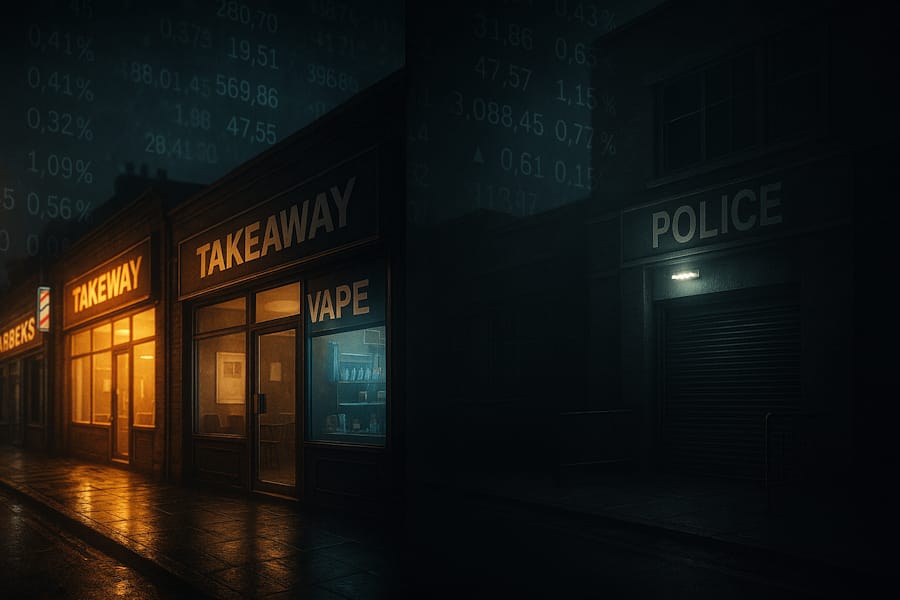Type: Article -> Category: AI Philosophy
The Laws of the Universe: A Timeless Scaffold

Publish Date: Last Updated: 10th November 2025
Author: nick smith- With the help of GROK3
Prologue
You might be wondering what this has to do with AI. This article stems from a discussion sparked by an article I read about Pluto's atmosphere being regulated by a novel method. While the study was intriguing, what captivated me more was the question: why does Pluto need a stable atmosphere? There is no life on Pluto, so it would seem there’s no need for one. This led me to consider whether these planets might be incubators, set up with the rare chance that conditions could align to allow life to form. AI then suggested that this is governed by thermodynamic laws and other natural processes, not by any inherent reason or purpose. This insight sparked a philosophical discussion about why these laws exist in the first place.
This demonstrates how AI can assist in expanding your own thinking. Even though AI isn’t perfect, it can open your mind to new ideas, dispel unfounded beliefs, and potentially shape the future of AI itself. The following article is the result of that conversation.
View this article as a YouTube Short
Introduction
The laws of physics are the universe’s operating system, dictating how matter and energy interact. Thermodynamics drives energy flows, as seen in Pluto’s haze particles, which absorb sunlight, rise, cool, and sink, stabilizing its thin atmosphere. Atmospheric dynamics shape planetary environments, from Earth’s water cycle to Mars’ lost rivers. These laws, emerging from the Big Bang’s initial conditions, are not sequential but eternal, existing in a timeless spacetime where past, present, and future coexist.
In this view, time is a human construct, a lens through which we sequence events. The universe, as a block of spacetime, is timeless until life emerges to observe it. The laws—gravity pulling planets into orbits, thermodynamics enabling chemical complexity—are not “waiting” for life but form a scaffold where life is one possible outcome. Pluto’s haze, rich in nitrogen and hydrocarbons, mirrors Earth’s early atmosphere, hinting at a universal potential for complexity, even in the absence of life. Without time, the question of why these laws exist shifts from a linear cause to an inherent structure, a framework where chaos and order coexist.
Chaos as the Seed of Life
Quantum mechanics reveals chaos as the universe’s foundation, a probabilistic dance of particles. Planetary formation, a chaotic process of collapsing gas and dust, yields diverse worlds: Pluto’s icy desolation, Mars’ barren plains, Earth’s vibrant ecosystems. This chaos, governed by timeless laws, creates opportunities for life. Some planets, like Earth, become “incubators,” where conditions align for life to emerge. Others, like Pluto, remain dormant, their processes—like haze-driven cooling—showing the laws at work without biological purpose.
Consider Earth’s history: a collision with a protoplanet, Theia, 4.5 billion years ago, reshaped its core, birthed the Moon, and stabilized its orbit in the habitable zone. This chaotic event, governed by gravity and thermodynamics, turned Earth into a jackpot planet, capable of sustaining life. Mars, possibly nudged out of habitability by gravitational shifts or collisions, lost its atmosphere, freezing as a failed incubator. These events, timeless in the universe’s block structure, suggest that life arises not from a directed plan but from the interplay of chaos and law-governed order.
The Incubator Theory: Planets as Cradles of Potential
The incubator theory posits that planets are arenas where the universe’s laws test the potential for life. Pluto, with its nitrogen- and hydrocarbon-rich haze, resembles Earth’s primordial atmosphere, a snapshot of prebiotic chemistry frozen in an inhospitable orbit. Titan, with its methane lakes, or Triton, with its nitrogen geysers, may also be incubators, holding the raw materials for life but lacking the energy or conditions to “hatch.” Earth, through a fortunate collision, found the right balance—liquid water, stable climate, magnetic field—becoming a cradle for life.
This theory sees the laws not as purposeful but as enabling. Thermodynamics allows local complexity (life) by dissipating energy elsewhere. Atmospheric dynamics create stable environments, as seen in Pluto’s haze or Earth’s oceans. In a timeless universe, these processes aren’t sequential steps toward life but eternal possibilities, realized where conditions align. The incubator theory suggests that life is a rare but inevitable outcome of the universe’s structure, not its goal.
Observation and the Meaning of Existence
If the universe is timeless, what role does life play? The act of observation, unique to living beings, may give meaning to an otherwise indifferent system. Without life, Pluto’s haze cycles, stars burn, and black holes form, but there’s no narrative, no “time” to sequence them. Life, as the universe’s first observer, imposes a story, transforming eternal laws into a temporal experience. This echoes the anthropic principle: we perceive a universe suited for life because we exist to observe it.
Yet, this raises a paradox: do the laws exist to enable life, or does life exist because the laws allow it? In a timeless framework, this chicken-and-egg dilemma dissolves. The laws and life are interdependent, not sequential. The laws provide the potential for complexity; life, through observation, gives that potential meaning. Without life, the universe’s laws still govern—Pluto’s atmosphere stabilizes, galaxies spin—but without observers, there’s no purpose to ascribe. Life, then, might be the universe’s way of reflecting on itself, a mirror for its own timeless structure.
Purpose in a Timeless Cosmos
Why do the laws exist? Science describes their effects—energy flows, planetary cycles—but cannot answer their origin. Philosophically, their existence might suggest a purpose, a “plan” we’re not privy to. The incubator theory offers a middle ground: the laws are a timeless framework where life is one possible outcome, not a necessity. Earth’s life, sparked by chaotic collisions, is a rare success. Pluto’s lifeless haze, Mars’ faded rivers, and countless exoplanets are experiments that didn’t “hatch.” Yet, all are governed by the same laws, suggesting a universe rich with potential, even if unrealized.
In nature, diversity persists with apparent purpose—organs evolve for survival, ecosystems balance. The universe’s laws might serve a similar role, enabling complexity without dictating it. Whether this implies a cosmic plan or a happy accident is beyond science’s reach. But the interplay of chaos (collisions, quantum fluctuations) and order (thermodynamic cycles, atmospheric stability) suggests a system where life, as an observer, completes the picture, giving timeless laws a temporal narrative.
Conclusion
The universe, governed by laws like thermodynamics and atmospheric dynamics, is a timeless tapestry of chaos and order. Planets, from Pluto to Earth, are incubators testing life’s potential, shaped by chaotic events under eternal rules. Life, as an observer, brings time and meaning to this system, transforming a silent cosmos into a story of existence. Whether the laws exist for life or life exists by chance, their interplay creates a universe where some worlds, through cosmic luck, become cradles for life. Pluto’s haze, cycling in timeless equilibrium, reminds us that the laws are universal, but life is a rare and precious outcome, a moment of observation in an eternal reality.
Latest AI Articles
AI Questions and Answers section for The Laws of the Universe: A Timeless Scaffold
Welcome to a new feature where you can interact with our AI called Jeannie. You can ask her anything relating to this article. If this feature is available, you should see a small genie lamp above this text. Click on the lamp to start a chat or view the following questions that Jeannie has answered relating to The Laws of the Universe: A Timeless Scaffold.
Be the first to ask our Jeannie AI a question about this article
Look for the gold latern at the bottom right of your screen and click on it to enable Jeannie AI Chat.
Type: Article -> Category: AI Philosophy









